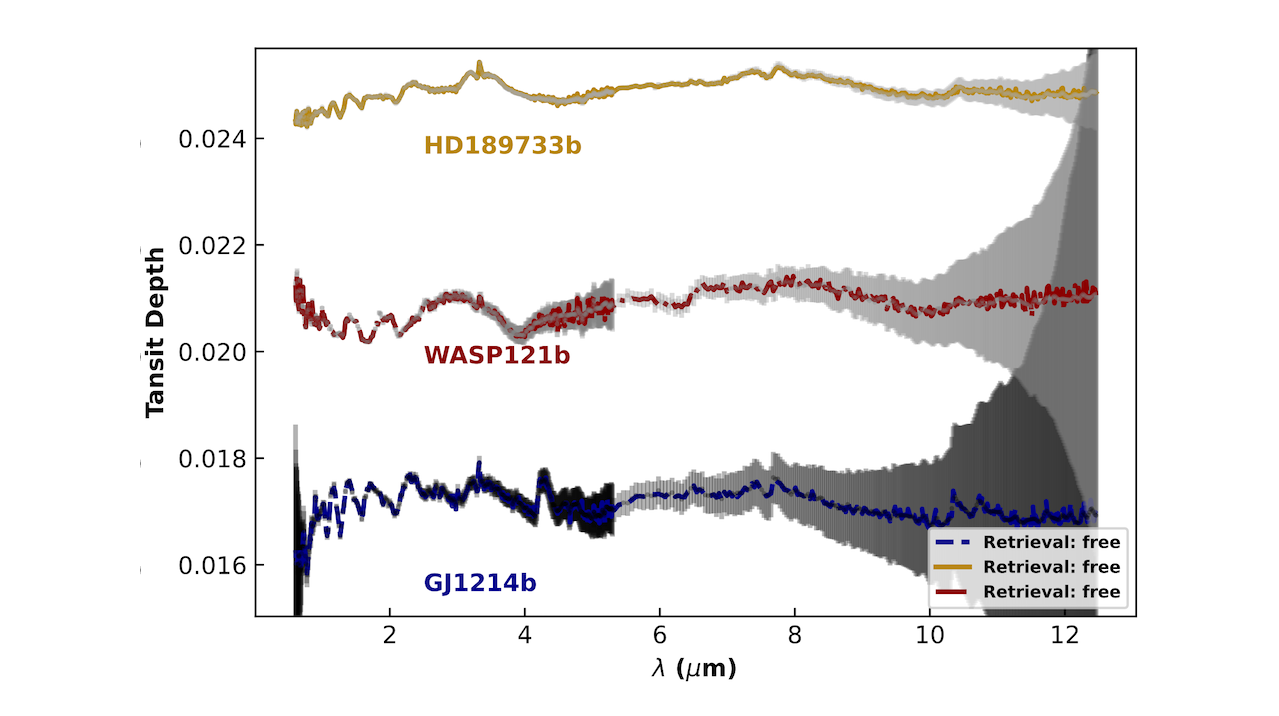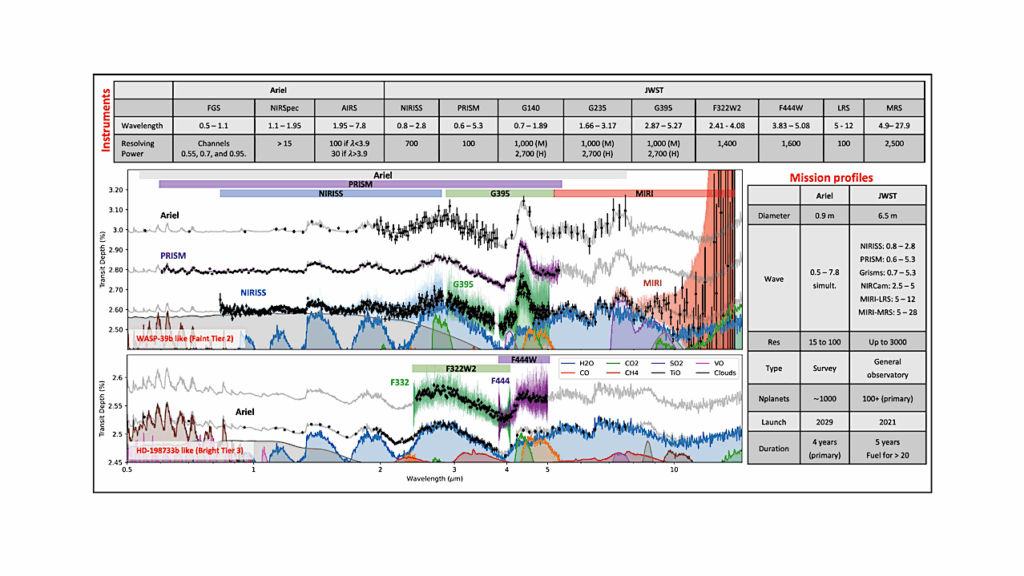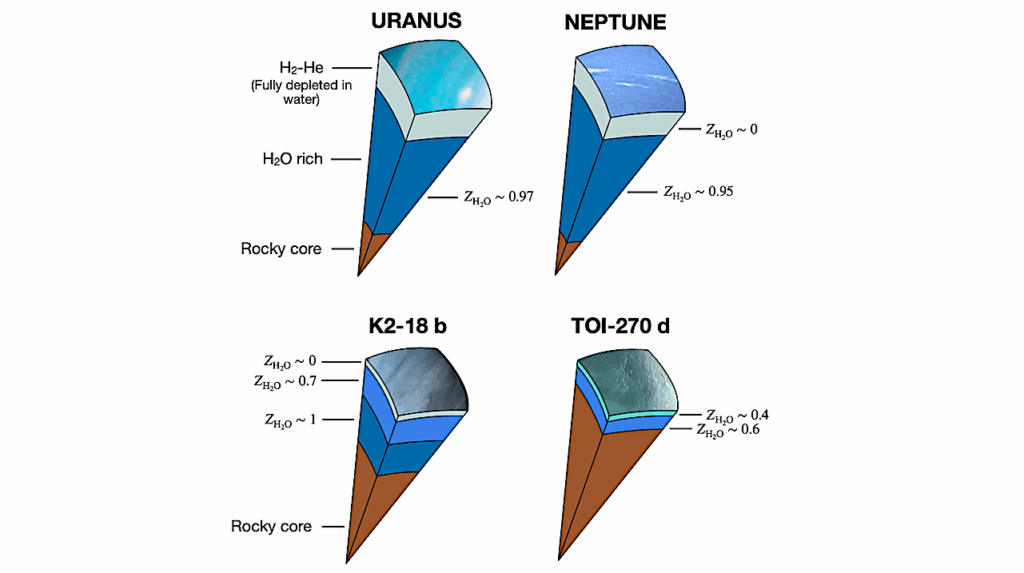ARES VI: Viability Of One-dimensional Retrieval Models For Transmission Spectroscopy Characterization Of Exo-atmospheres In The Era Of JWST And Ariel

Observed exoplanet transit spectra are usually retrieved using 1D models to determine atmospheric composition while planetary atmospheres are 3D.
With the JWST and future space telescopes such as Ariel, we will be able to obtain increasingly accurate transit spectra. The 3D effects on the spectra will be visible, and we can expect biases in the 1D extractions.
In order to elucidate these biases, we have built theoretical observations of transit spectra, from 3D atmospheric modeling through transit modeling to instrument modeling. 3D effects are observed to be strongly nonlinear from the coldest to the hottest planets. These effects also depend on the planet’s metallicity and gravity.
Considering equilibrium chemistry, 3D effects are observed through very strong variations in certain features of the molecule or very small variations over the whole spectrum. We conclude that we cannot rely on the uncertainty of retrievals at all pressures, and that we must be cautious about the results of retrievals at the top of the atmosphere. However the results are still fairly close to the truth at mid-altitudes (those probed).
We also need to be careful with the chemical models used for planetary atmosphere. If the chemistry of one molecule is not correctly described, this will bias all the others, and the retrieved temperature as well.
Finally, although fitting a wider wavelength range and higher resolution has been shown to increase retrieval accuracy, we show that this could depend on the wavelength range chosen, due to the accuracy on modeling the different features. In any case, 1D retrievals are still correct for the detection of molecules, even in the event of an erroneous abundance retrieval.
Adam Yassin Jaziri, William Pluriel, Andrea Bocchieri, Emilie Panek, Lucas Teinturier, Anastasiia Ivanova, Natalia E. Rektsini, Pierre Drossart, Jean-Philippe Beaulieu, Aurélien Falco, Jeremy Leconte, Lorenzo V. Mugnai, Olivia Venot
Subjects: Earth and Planetary Astrophysics (astro-ph.EP); Instrumentation and Methods for Astrophysics (astro-ph.IM)
Cite as: arXiv:2401.03809 [astro-ph.EP] (or arXiv:2401.03809v1 [astro-ph.EP] for this version)
Submission history
From: Adam Yassin Jaziri
[v1] Mon, 8 Jan 2024 10:57:10 UTC (18,977 KB)
https://arxiv.org/abs/2401.03809
Astrobiology,








